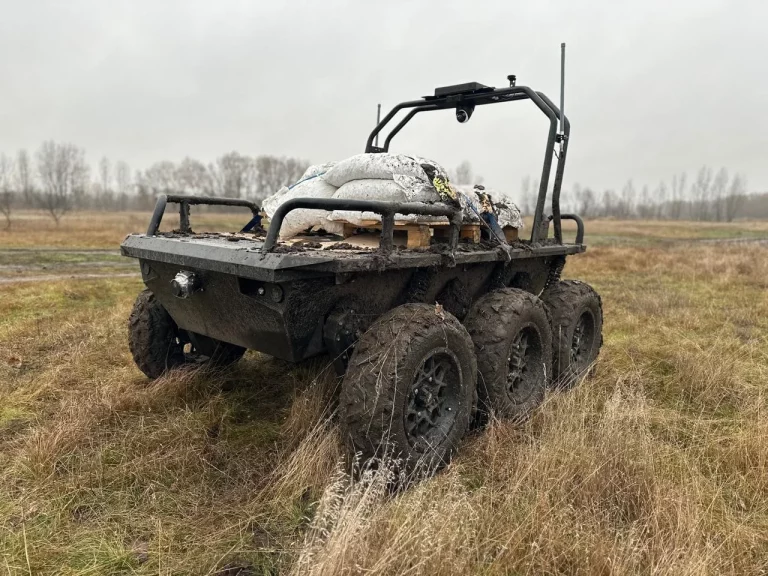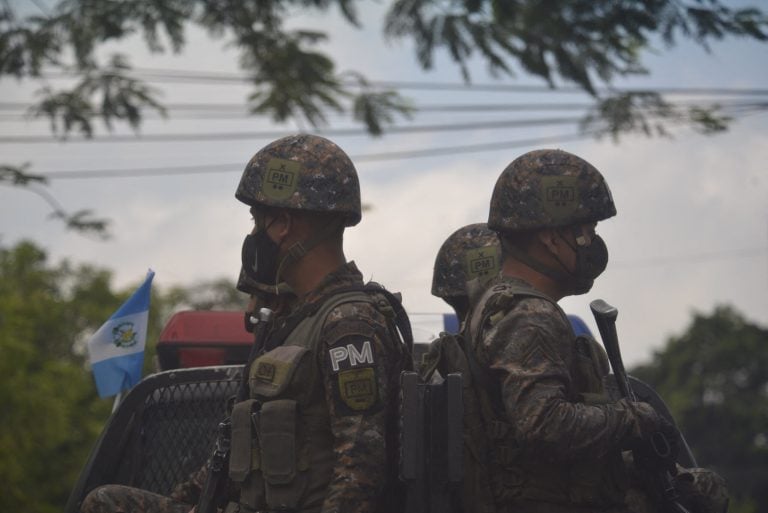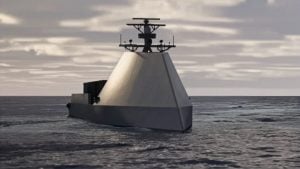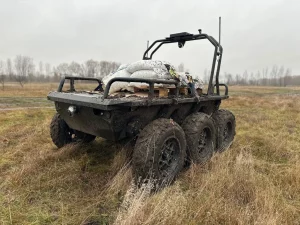Germany has initiated a partnership with Indra, a prominent Spanish defense technology company, to develop a cutting-edge space surveillance radar system. This advanced radar is designed to detect objects in low Earth orbit, enhancing the country’s ability to safeguard both military and civilian space assets from potential threats, such as debris that could lead to catastrophic damage or mission failures. The system will also monitor and identify any suspicious activities from other satellites that may attempt to gather intelligence or interfere with operational missions.
The operation of this radar system will be managed remotely by the German Space Command from its space situational awareness center located in Uedem, situated in the northwestern part of Germany, near the border with the Netherlands. This collaboration is set to play a crucial role in Germany’s “L-GUARD” program, which stands for “LEO – Groundbased Upscaled AESA RaDar.” This initiative is part of a broader framework aimed at enhancing the country’s capabilities within the Space Surveillance system.
The radar being developed is expected to be an advanced version of Indra’s existing S3TSR surveillance radar, which is currently operational in Spain. This existing radar is integrated into the European Union Space Surveillance and Tracking Partnership consortium, which maintains comprehensive data on both active and inactive satellites, as well as space debris. The new contract is not just a step forward for Germany but also supports the overall European objective of ensuring secure access to space.
Manuel Ruiz, director of Integrated Defence Systems at Indra, emphasized the importance of this technology, stating that such radar systems are crucial for protecting essential space assets that underpin various societal services, including communications, transport, logistics, and meteorological information. He expressed pride in collaborating with the Bundeswehr on what is anticipated to be one of the most sophisticated and longest-range radars globally, while also acknowledging the support from the CDTI, the Spanish Space Agency, and the Spanish Space Command in advancing this technology.


















